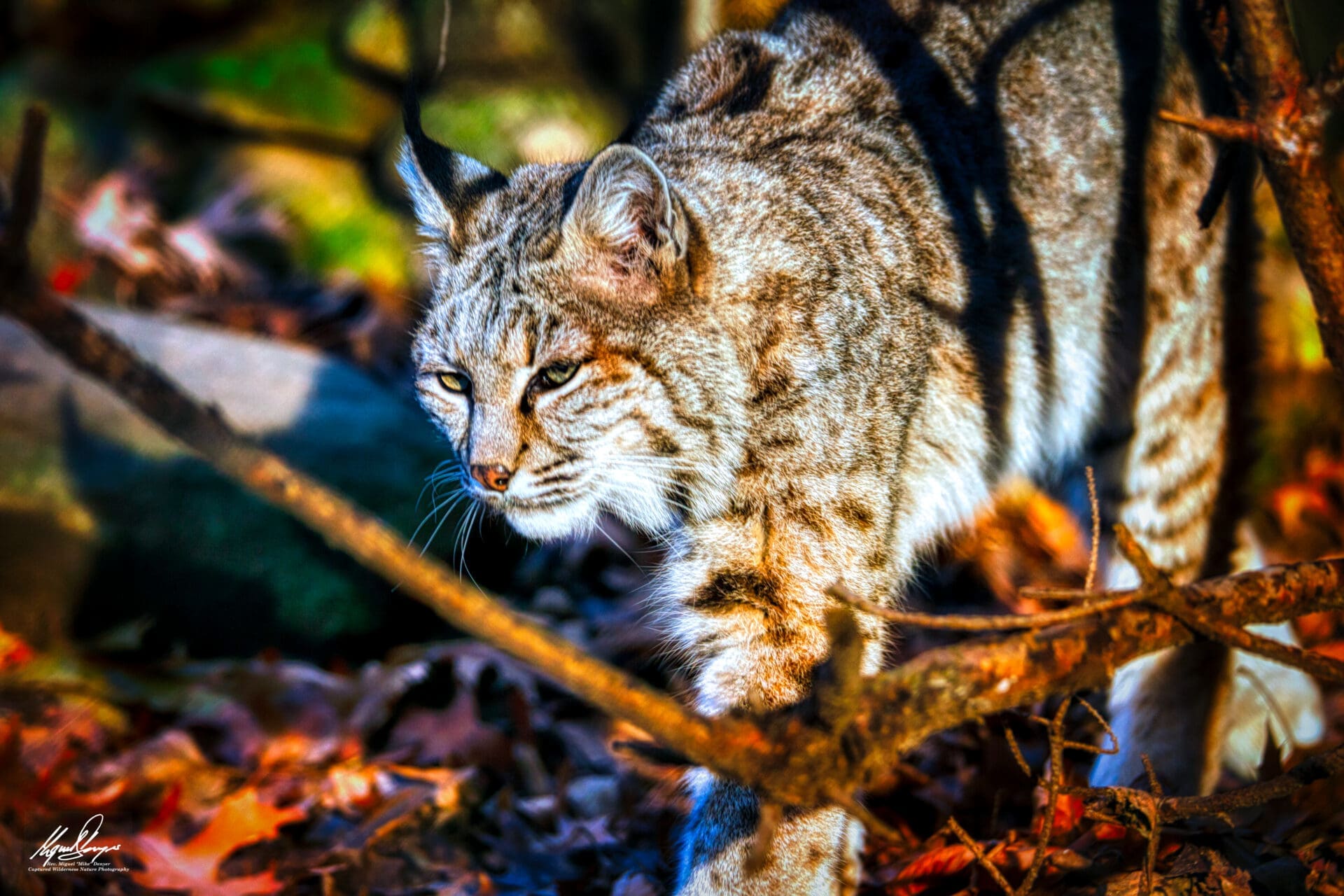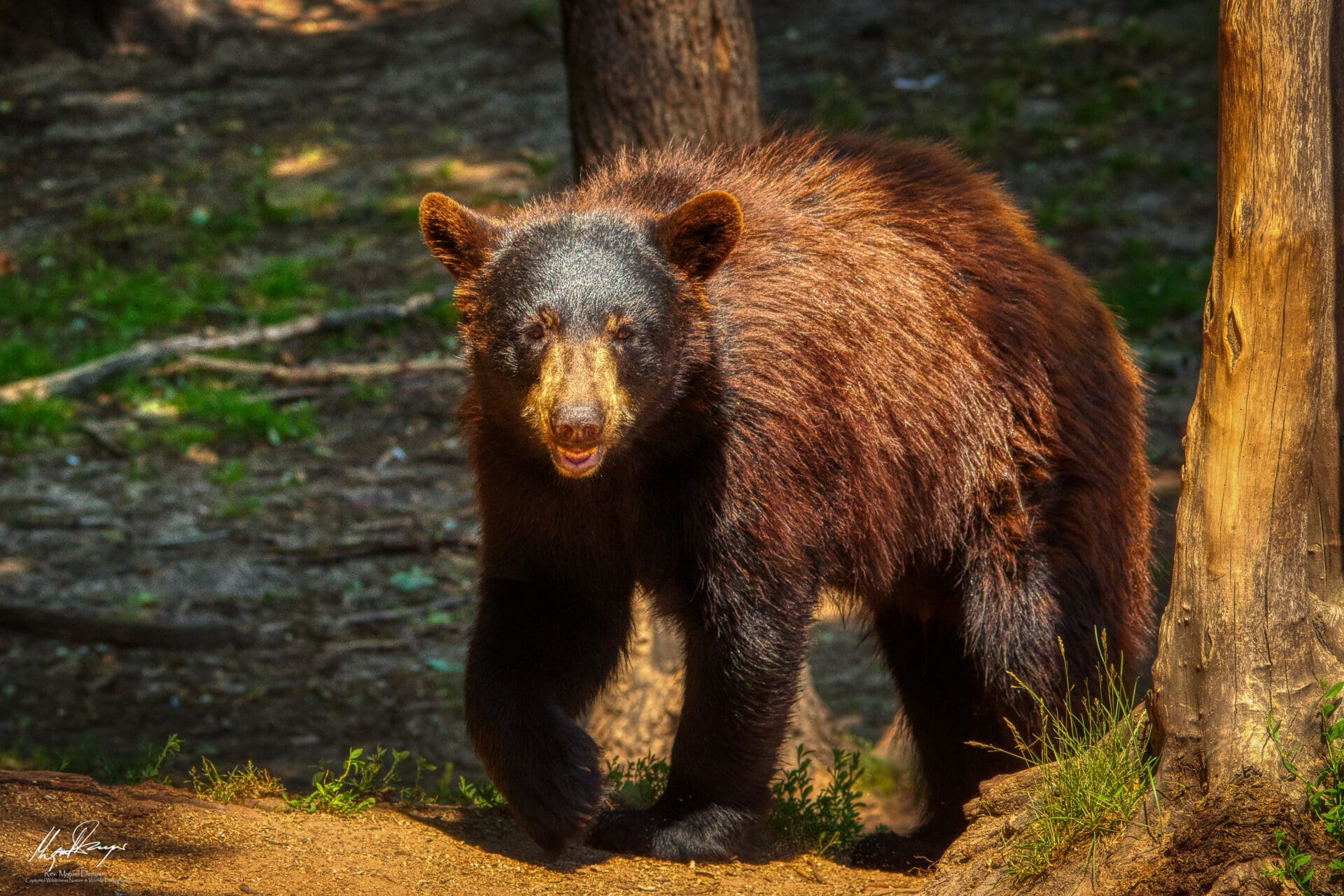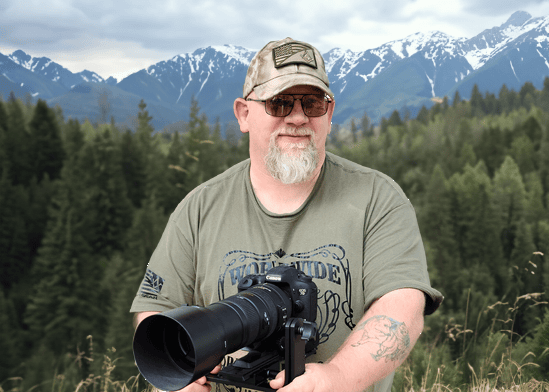Getting Ready for a Wildlife Photography Workshop: Essential Gear and Key Concepts
Participating in a wildlife photography workshop offers an incredible opportunity to capture animals in their natural environments. To make the most of this experience, having the right equipment is vital. A DSLR or mirrorless camera with a fast continuous shooting mode is essential for capturing quick, unpredictable animal movements. Pair this with a telephoto lens, ideally between 300mm and 600mm, to photograph wildlife from a distance without disturbing them. A sturdy tripod or monopod helps stabilize your camera during extended shoots, and a well-padded camera bag will protect your gear from the elements and rough terrain.

Understanding the concepts and rules of wildlife photography can significantly improve your shots. Patience and timing are crucial; wildlife photography often involves waiting quietly for the right moment when an animal behaves naturally or exhibits interesting actions. Knowledge of animal behavior is essential, as it allows you to anticipate movements and capture unique moments. Compositional techniques, such as the rule of thirds, help create balanced and engaging images. Additionally, focusing on the animal’s eyes ensures that your photos have a strong, captivating focal point.
Preparation is key to a successful wildlife photography session. Researching the location and the species you plan to photograph will help you understand their habits and the best times to observe them. Make sure your equipment is in top condition and that you are familiar with your camera’s settings, especially those for action and low-light conditions. Pack extra batteries, memory cards, and suitable clothing for the weather to stay prepared for a long day outdoors. Bring along lens cleaning supplies to keep your equipment in optimal condition.

Safety is a critical consideration when venturing into wildlife habitats. Always let someone know your plans and expected return time, particularly if you’re heading to a remote area. Carry a first aid kit, sufficient water, and snacks to stay hydrated and energized. Maintaining a safe distance from wildlife is essential for your safety and to avoid disturbing the animals. Long lenses allow you to get close-up shots without encroaching on their space. Stay aware of your surroundings to navigate potential hazards like uneven terrain and encounters with larger animals.
By equipping yourself with the right gear, understanding key wildlife photography techniques, and thoroughly preparing for your outing, you can maximize the benefits of a wildlife photography workshop. These workshops not only improve your photography skills but also deepen your connection with nature. With patience, preparation, and respect for wildlife, you’ll be able to capture stunning images that highlight the beauty and diversity of the animal kingdom. Whether you’re a novice or an experienced photographer, these workshops provide invaluable experiences to learn, explore, and create.


